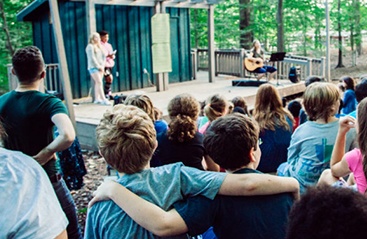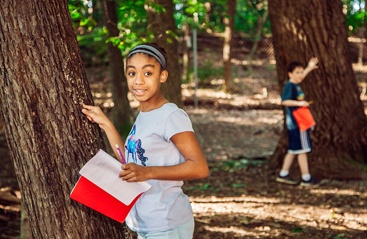The Curious Cove Condition
by Joseph Edwards, Middle School Teacher
If you were asked to give two words that best describe the Burgundy Center for Wildlife Studies, I wonder what they might be. In fact, go ahead. Take a moment to come up with your two words. How many of you chose rustic or remote? Probably few to none. Yet no one would dispute that these two words do in fact accurately describe our West Virginia campus. I dare to say that both the Cove’s location and state of being inextricably shape the BCWS experience, So why didn’t they make your top two? Because of something I call the curious Cove condition.

Try going back to your first trip to the Cove. Try canceling out the boisterous laughter of the young campers at the back of the bus. Instead, concentrate on your stomach’s contents stirring like a teaspoon swirls a cup of the Cove’s hand-ground coffee. If you can keep from noticing the wonder and excitement on the children’s faces as they grip the bus’ green vinyl seats in front of them on their way up Dillon’s Run Road, you might have wondered whether the founders’ intentions were for visitors to arrive via helicopter.
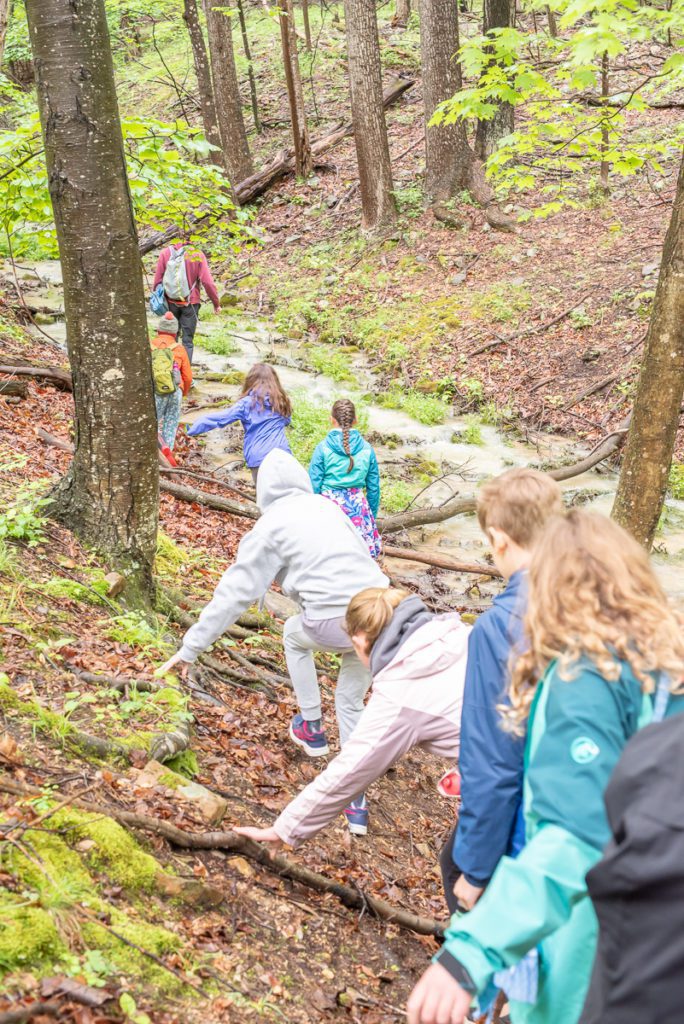
Now disregard the happy children making their mad dashes from the vehicles to the dorms in hopes of securing the “best bunks” for themselves. By the time you open the creaky screen door to the Jolly or the Bray, you are met by those same kids, now bagless, dizzyingly heading to the Lodge, the Cove’s brain center.
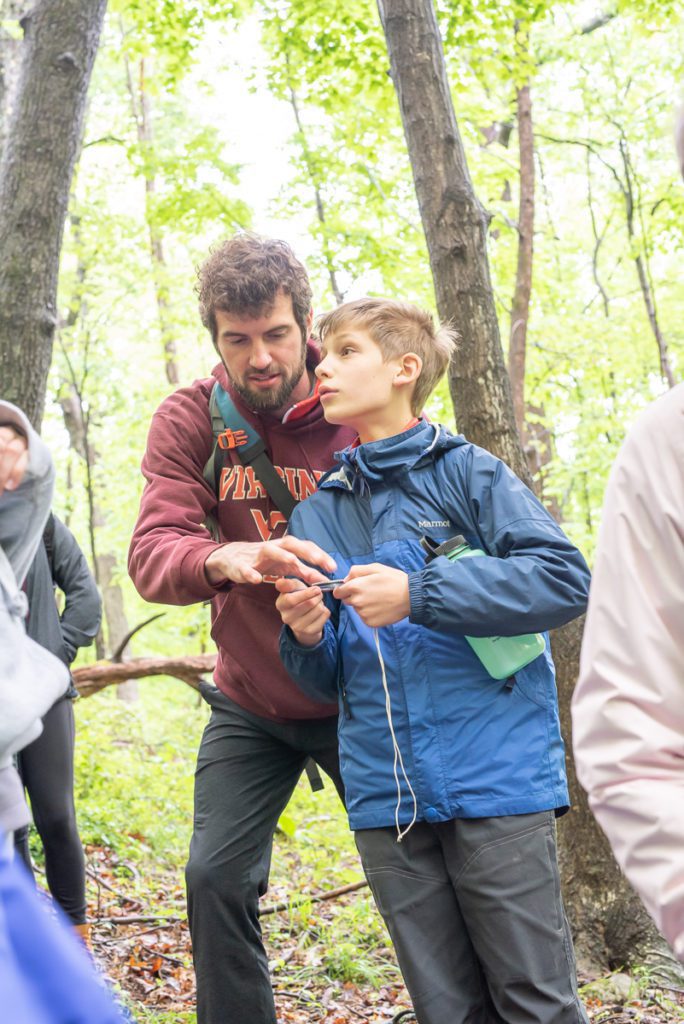
Alone and weighted down, you drop your bags and survey the screened walls. From your mammalian perspective, you stare with condescension at the reptilian dorm’s inability to regulate its own temperature. Your eyes pan from the walls to the mattresses that will soon bear your exhausted body. They are the same vinyl as that on the seats on the bus, this time only gray.
 A tolling bell breaks your concentration, and you follow the faint sounds coming from the Lodge. You enter the main hall and take in the frenetic activity. You try ignoring the group of students playing a board game on the work porch. You do your best not to see the introverts reading a good book from the library. You struggle to mentally redact the children huddled up on the sofas that lay siege to the fireplace.
A tolling bell breaks your concentration, and you follow the faint sounds coming from the Lodge. You enter the main hall and take in the frenetic activity. You try ignoring the group of students playing a board game on the work porch. You do your best not to see the introverts reading a good book from the library. You struggle to mentally redact the children huddled up on the sofas that lay siege to the fireplace.

The giddy laughter and jubilant conversation are eclipsed by a sudden silence. When you come to, hands are up and you follow suit. Vini Sheone, the indomitable leader of BCWS, stands in front of your group. Her acolytes, many of whom are themselves former campers, are positioned to her left and right. As she gives her opening remarks, you pull your attention away to look at the students struggling to contain their potential energy. After a short sigh, you finally recognize the condition that those in the room, as well as thousands before them, have come down with. This condition doesn’t have a name. Most know it only by its side-effects–boisterous laughter, wonder, excitement, curiosity, happiness, frenetic activity, proneness to reading, jubilant conversation, and an acute struggle to contain energy. Soon, the images of the treacherous journey, the screened walls, and the vinyl mattresses begin to fade.
Sheepishly, you crack a smile and you yourself begin to feel a wave of giddiness.

The photographs I’ve included depict this week’s 6th grade spring Cove trip. Good luck trying to ignore the wonder, curiosity, joy, adventure, camaraderie, and the evident learning going on in these images.
Many schools send their students on outdoor camping trips. Yet how many of them can tailor their programming such that they are authentic extensions of the curriculum? Students do not miss class while at the Cove because the Cove is as much school as the Alexandria campus is. If a teacher wants to change her unit’s focus from the water cycle to cellular respiration, no sweat. The Cove’s staff will adjust their programming’s trajectory to match whatever is done back in Alexandria.

On this very trip, a parent with tears in her eyes expressed her gratitude for her child receiving such a quality education. Another parent sent an email happily reporting that her son, who was reluctant to travel to the Cove, was so happy he had done so because he got to spend time with a new group of peers. Both of these parents endured the journey to the Cove. Both have slept on the mattresses. Neither of them mentioned those things, and I wager that neither of those parents would choose remote and rustic as their top two Cove words. This is because what shouts louder than the students on the bus are the memories and experiences made while at BCWS. So whether your first trip was this week or thirty years ago, what connects us is this: that we are all carriers of this curious Cove condition.
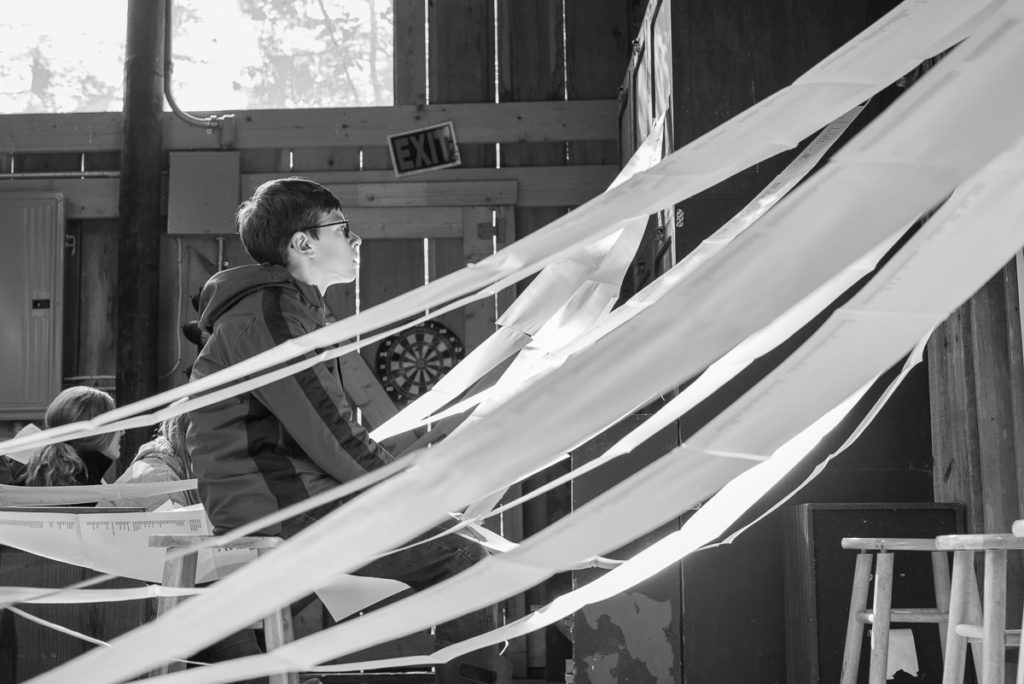
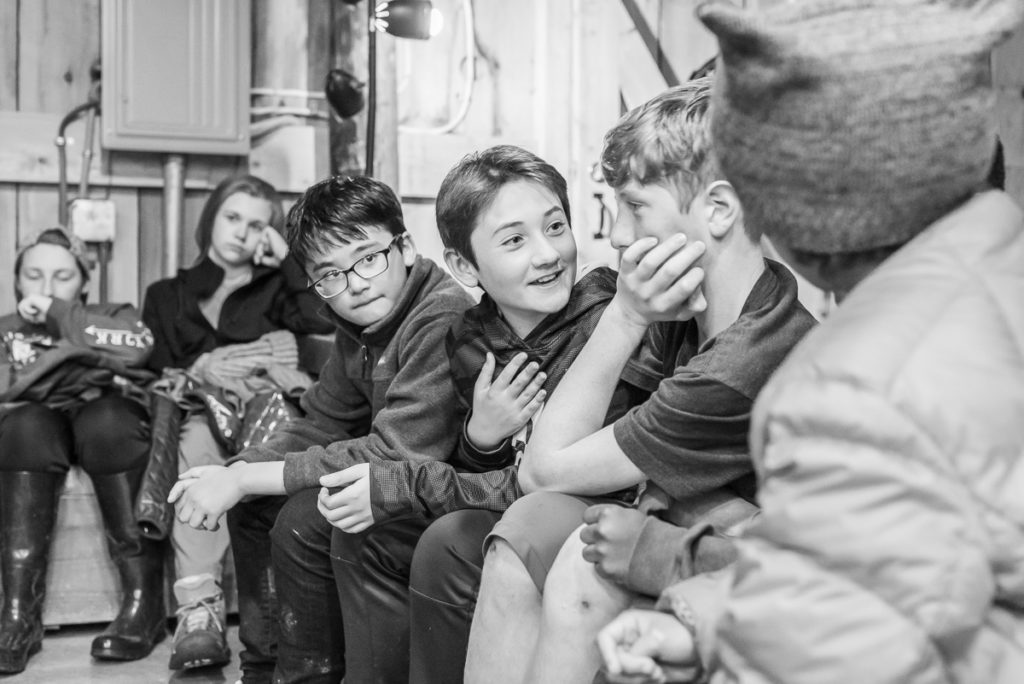

Inquire Now
Burgundy is a one-of-a-kind independent school for Junior Kindergarten through 8th Grade. We believe children learn best in an inclusive, creative, and nurturing environment that engages the whole child.
3700 Burgundy Road
Alexandria, VA 22303
703.960.3431
Accredited by:
Affiliated with:
Partners with:
©2024 Burgundy Farm Country Day School
Designed and developed by The Design Channel![]()

